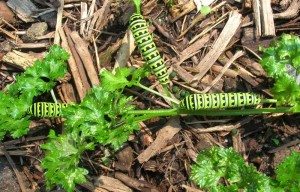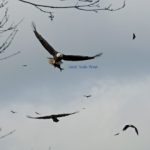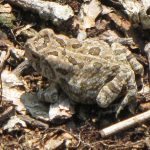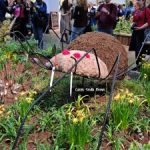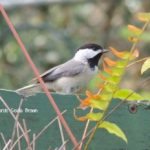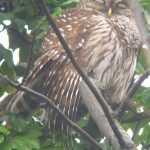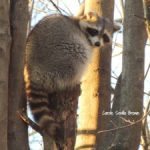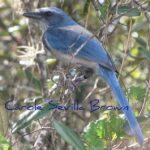I received a very interesting question from a reader today here at Ecosystem Gardening.
I love answering your questions about what’s happening in your wildlife garden, and I’ll do my best to answer each one that comes in as time is available. Thanks to all of you who have taken the opportunity to talk about the exciting events and happenings in your habitat gardens.
From Jonathan:
I was taking a quick inspection on my raised garden boxes yesterday and noticed something really strange in my carrot box. I have about 100 transplanted carrots that are doing great and about 10-12″ tall now and they are hosting a new friend. Pretty much every carrot top had a caterpillar resting along a limb? Every single carrot had one, I was amazed and confused.
I showed my wife and son when they got home and she asked the same question, “why did they just show up out of nowhere”?We live in Livonia, MI and this is our second year having raised garden boxes with a plathera of veggies, but carrots where an addition this year. We had no idea what we were in store for……
Any commets?
Well, Jonathan, it seems as though your carrots may be the only nearby food available for passing Black Swallowtail butterflies. Awesome!
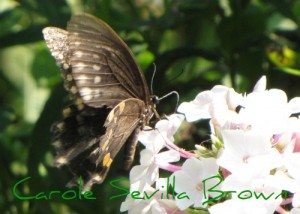
Black Swallowtail Butterfly
Pretty soon you’ll have lots of beautiful Black Swallowtails floating around your garden.
These stunning butterflies lay their eggs on plants in the carrot family, which includes parsley, dill, fennel, Queen Anne’s Lace, and wild carrots.
I realized a while ago that all of the plants on the above list were brought to this country by the European settlers, so I got to wondering what Black Swallowtail caterpillars ate before we brought those plants here.
The list of native carrot family plants is quite long, but you need to be very careful with this family as it contains several poisonous plants like poison hemlock and water hemlock.
One plant that I’ve discovered works quite well when trying to attract Black Swallowtails is Zizia aurea, or Golden Alexanders, which has become quite a magnet for these beautiful butterflies in my wildlife garden.
To find out which carrot family members are native to your area, I suggest using the Native Plants Database at the Lady Bird Johnson Wildflower Center and search for members of the Apiaceae family.
More From Ecosystem Gardening:
Submit your review | |

